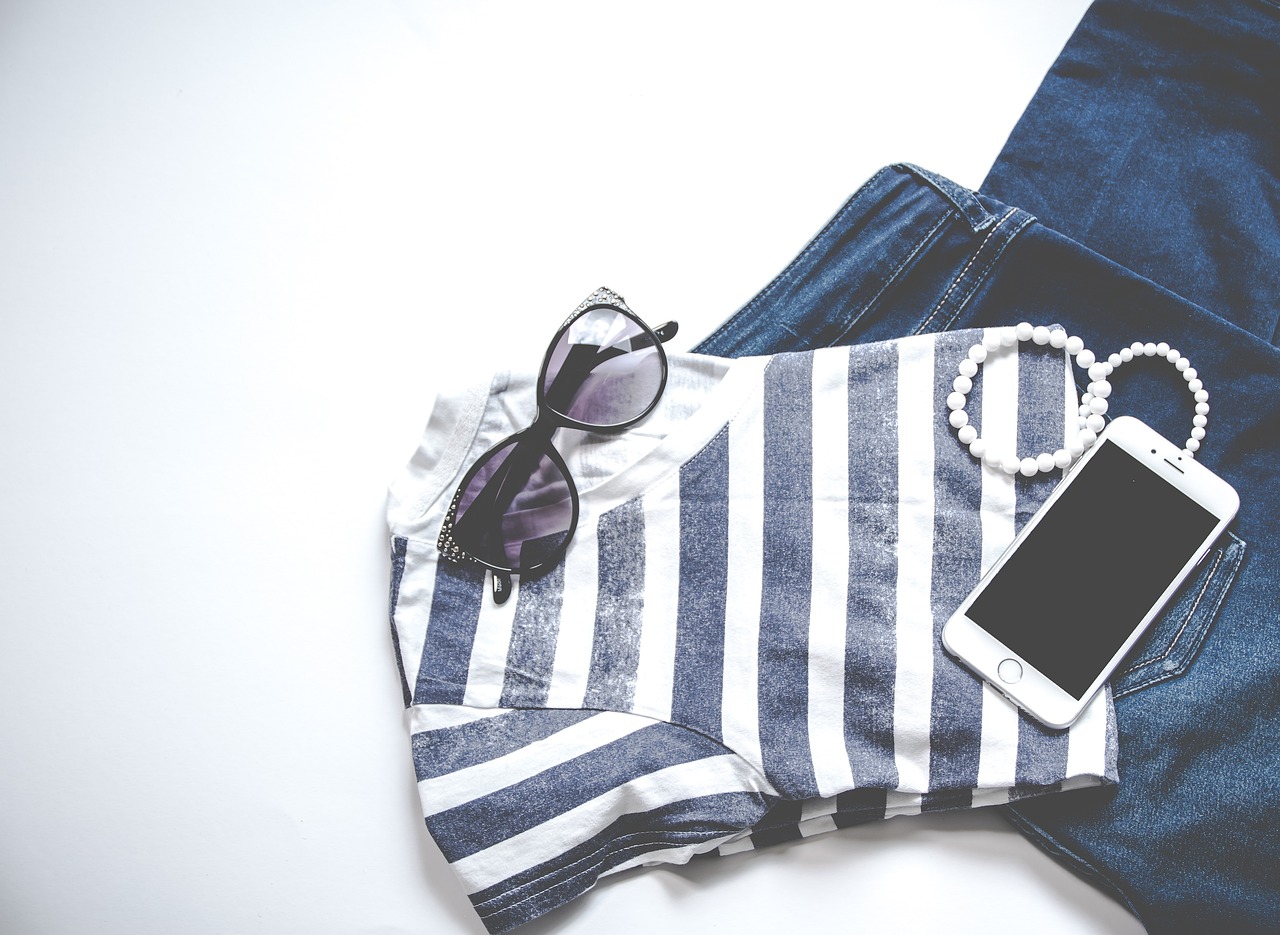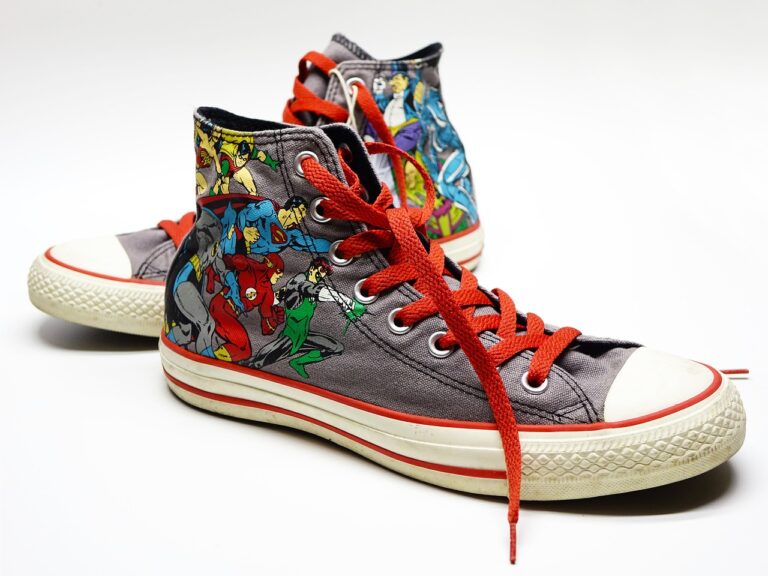Exploring the Relationship Between Fashion and Natural Elements
Gold365, Gold 365: Fashion has long drawn inspiration from the natural world, incorporating elements like flora, fauna, and landscapes into designs. From earth tones and floral prints to animal patterns and organic textures, nature has continuously influenced the aesthetics of clothing and accessories. This integration of natural elements not only adds visual appeal to fashion pieces but also evokes a sense of harmony and connection with the environment.
In recent years, there has been a growing emphasis on sustainability in the fashion industry, leading designers to explore the use of eco-friendly materials derived from nature. Fabrics such as organic cotton, hemp, bamboo, and even innovative materials like pineapple leather and seaweed-based textiles are gaining popularity for their environmentally friendly properties. By incorporating these sustainable materials into their creations, fashion brands are not only reducing their ecological footprint but also appealing to a consumer base that values ethical and eco-conscious practices.
Incorporating Organic Shapes and Textures into Fashion Design
Designers in the fashion industry are increasingly embracing the beauty and versatility of organic shapes and textures in their creations. By incorporating elements inspired by nature, such as flowing silhouettes reminiscent of leaves or textures resembling tree bark, designers are able to infuse their designs with a sense of natural elegance and harmony. These organic shapes and textures add depth and visual interest to garments, creating a unique and captivating aesthetic that resonates with consumers who appreciate the beauty of the natural world.
One way designers are incorporating organic shapes and textures into fashion design is by experimenting with sustainable materials. From ethically sourced fabrics like organic cotton to innovative materials made from recycled fibers, the fashion industry is moving towards a more eco-friendly approach to design. By choosing materials that are not only sustainable but also organic in nature, designers can create garments that not only look beautiful but also have a positive impact on the environment. This shift towards sustainability in fashion design is not only a reflection of changing consumer preferences but also a testament to the industry’s commitment to reducing its ecological footprint.
• Designers are embracing organic shapes and textures in fashion creations
• Elements inspired by nature add elegance and harmony to designs
• Organic shapes and textures create depth and visual interest in garments
• Sustainable materials like organic cotton are being used in fashion design
• Eco-friendly approach to design reflects changing consumer preferences
The Use of Sustainable Materials in Fashion Industry
Sustainability has become a key focus in the fashion industry, with designers and brands increasingly looking towards eco-friendly options for material sourcing. The shift towards the use of sustainable materials is not only a response to consumer demand for ethical products but also a strategic choice to reduce the environmental impact of clothing production.
One such initiative is the introduction of Gold365, a sustainable material that is gaining popularity among fashion designers. Gold365 is a versatile material that not only offers durability and aesthetic appeal but also adheres to strict environmental and ethical standards. By incorporating Gold365 into their designs, fashion brands are able to create stylish and eco-conscious pieces that resonate with the growing market trend towards sustainability.
What are some examples of sustainable materials used in the fashion industry?
Some examples of sustainable materials used in the fashion industry include organic cotton, hemp, bamboo, recycled polyester, and Tencel.
How can fashion designers incorporate organic shapes and textures into their designs?
Fashion designers can incorporate organic shapes and textures into their designs by using natural materials like linen, wool, and silk, as well as incorporating elements like ruffles, pleats, and draping.
What is the relationship between fashion and natural elements?
The relationship between fashion and natural elements is that fashion often takes inspiration from the natural world, incorporating elements like floral prints, earth tones, and organic shapes into designs.
Why is it important for the fashion industry to use sustainable materials?
It is important for the fashion industry to use sustainable materials in order to reduce its environmental impact, promote ethical practices, and contribute to a more sustainable future for the planet.
How can consumers support the use of sustainable materials in the fashion industry?
Consumers can support the use of sustainable materials in the fashion industry by choosing to purchase clothing made from eco-friendly materials, supporting brands that prioritize sustainability, and advocating for more sustainable practices in the industry.





